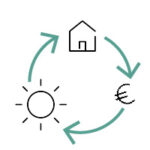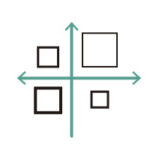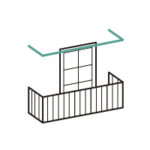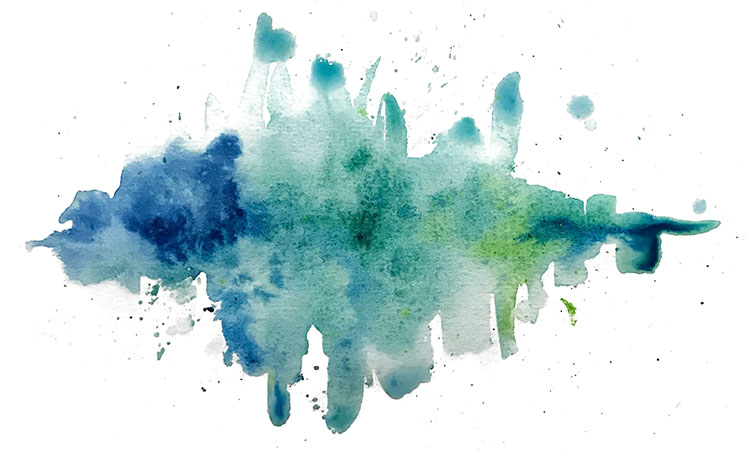Enmedio Studio: specialists in PassivHaus Design and Zero Energy Buildings:
Sustainability does not mean covering the roof with solar panels to “look” sustainable or marketing to win architectural competitions. It is must be much more. It should be addressed from the core of the design to make it efficient. Apply it from the very first stroke of the drawing, considering it as important as the structure or the search for spatial quality. Only in this way can we create efficient buildings, not only regarding energy, but also regarding habitability. Promoting healthy buildings that minimise costly active systems, by using natural light and ventilation, an airtight envelope or low-footprint and ecological materials.
Enmedio is a factory of places, that believes that the environmental design is inherent to the creation of spaces not only beautiful but efficient, not only efficient, but also beautiful. As environmental architects our duty is to turn it into a universal right for all. Using the most advanced tools to simulate and optimise the design and based on a vast experience on research, Enmedio Studio always looks for the equilibrium between cost, energy efficiency and quality of spaces. The consequences are the energy and economic savings but above all, the consecution of the user comfort and well-being.
Let’s give a new name to this process: environmental design where the ‘cleanest’ energy is the one not consumed.
What does Enmedio imply?
Enmedio is a factory of places, which believes that environmental design is inherent in the creation of spaces not only beautiful but efficient, not only efficient, but also beautiful. As environmental architects, our aim is to make it a universal right, accessible to anyone. For this, this factory has its own principles:
Welcome to Enmedio…





